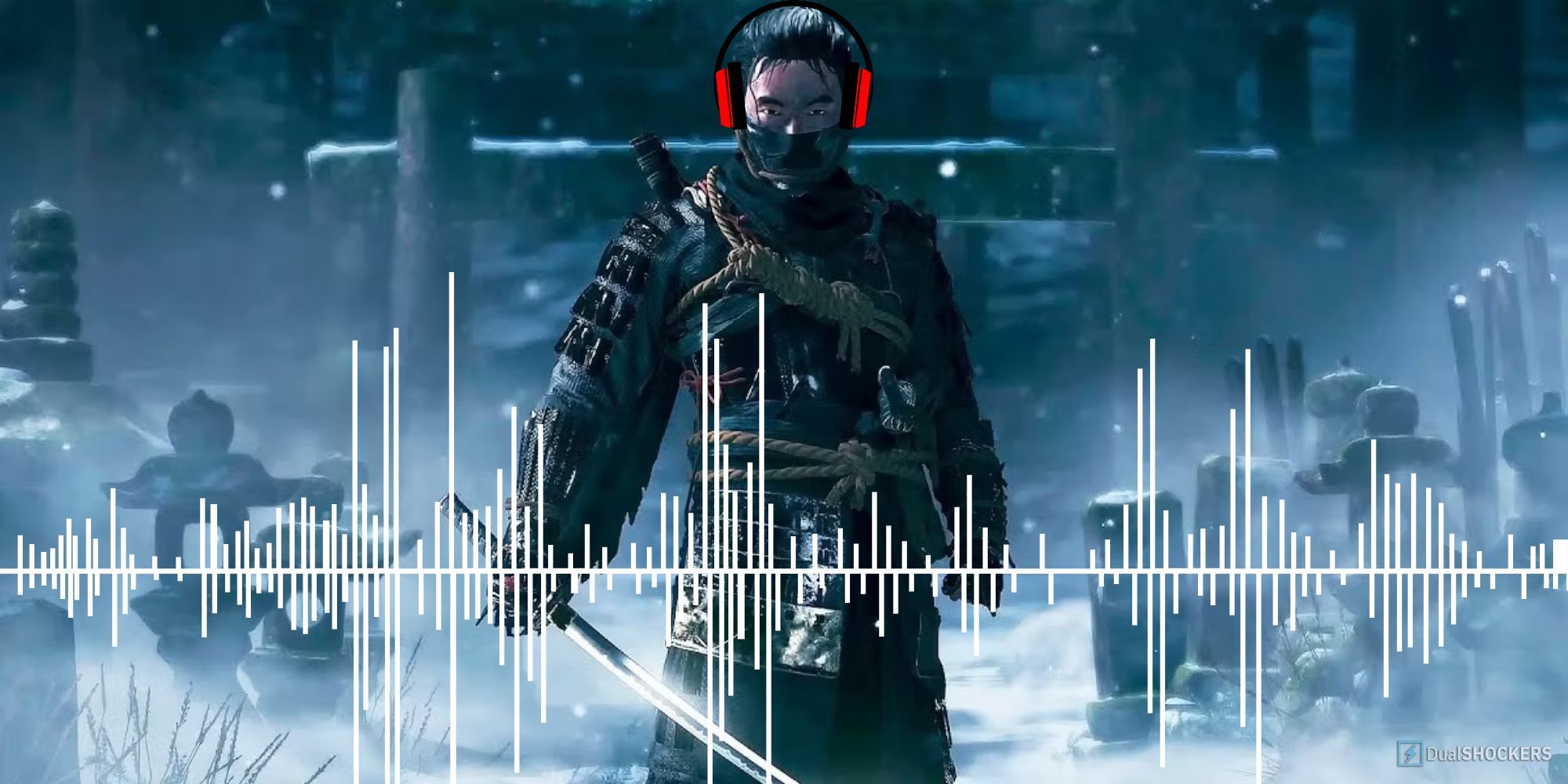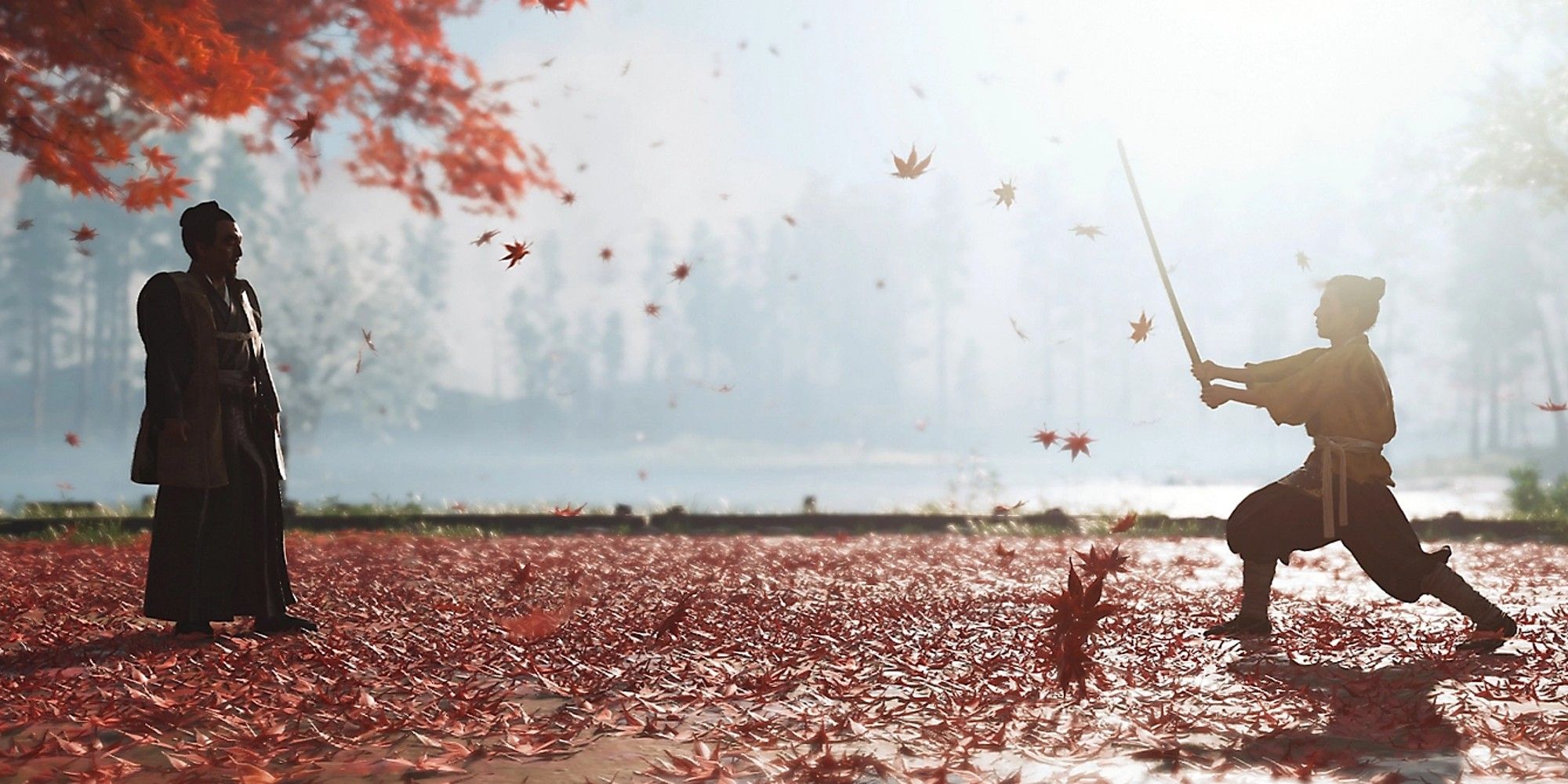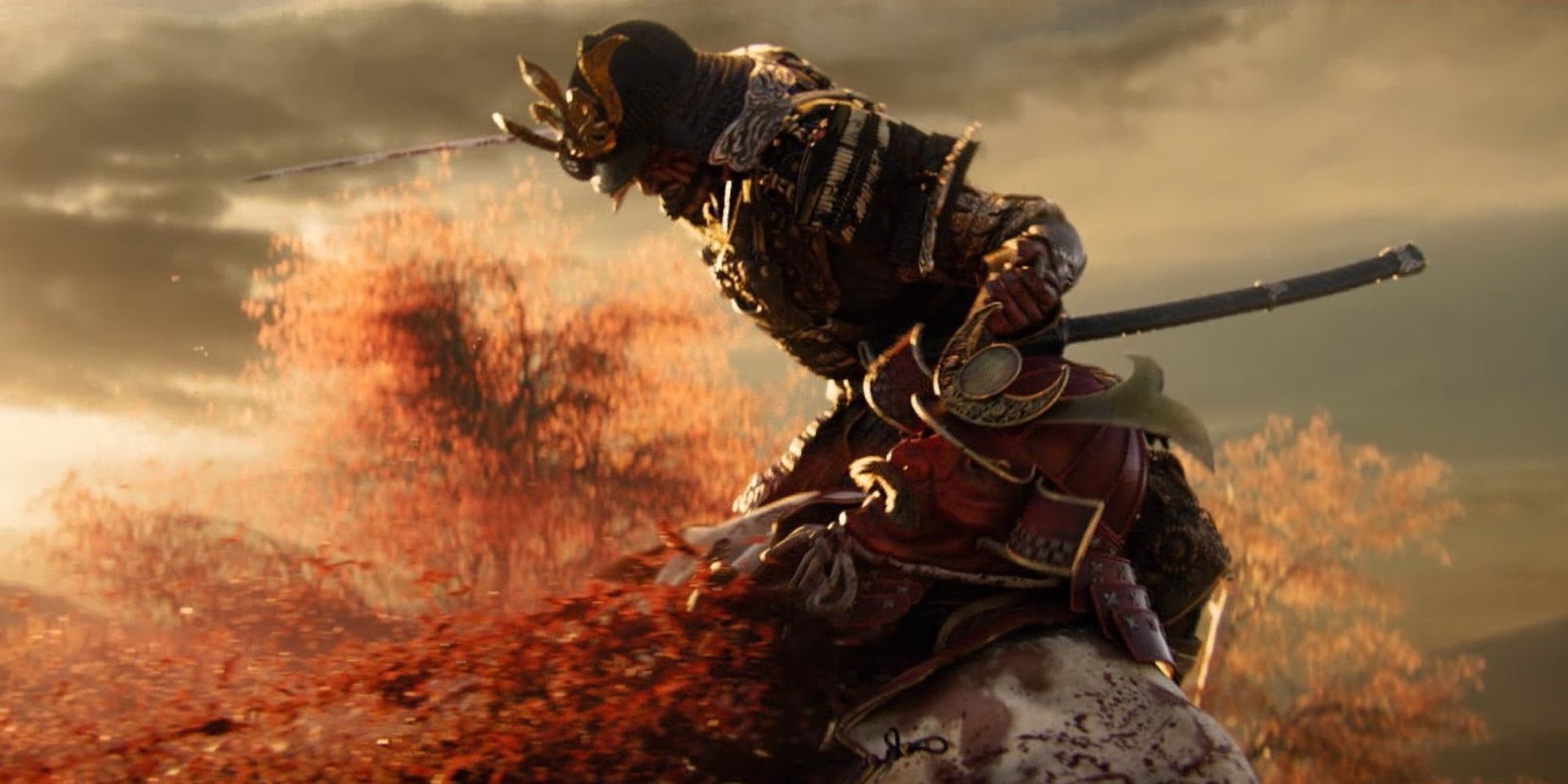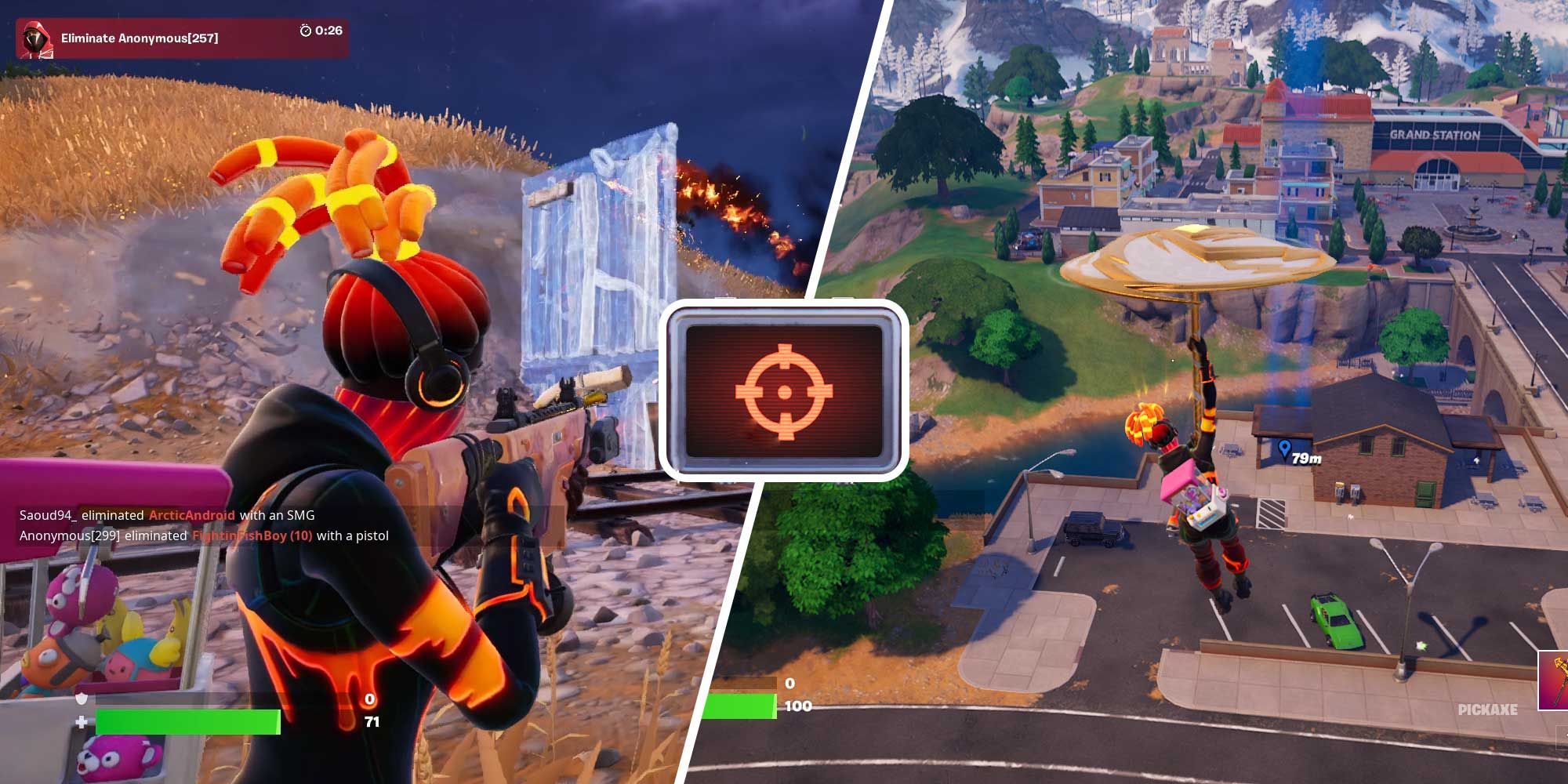Highlights
- Listening to movie scores before watching has warped my expectations in the past.
- Ghost of Tsushima’s score creates vivid images through auditory emotion.
- The collaborative masterpiece captures feudal Japan’s authenticity with unique instruments.
I developed a habit (whether it was good or bad is still undecided) of listening to movie and video game scores before watching or playing the belonging feature. Damien Chazelle’s 2016 musical, La La Land, produced an upbeat, dreamy depiction of reaching for the stars in 15 tracks, and I enjoyed it repeatedly before watching the Oscar-winning feature. Justin Hurwitz’s composition set sky-high expectations for the visual counterpart, but in the end, the generally well-loved summer soirée between Emma Stone and Ryan Gosling was a resounding disappointment in my once starry eyes.
I often wondered if this anticlimax was caused by listening to the score first and setting an unrealistic anticipation for the movie to replicate the fabricated sequences I manifested myself, fueled by the auditory background I boomed everywhere for weeks. This backward method of mine only occurred a handful of other times without turning into the catastrophe that La La Land was. Still, after stumbling upon Ghost of Tsushima’s soundtrack a month or so after its release in 2020, I gradually realized I had unlocked a new fear.
2024’s Samurai Games Have A Tough Task Matching Ghost Of Tsushima
Rise of the Ronin and Assassin’s Creed Red seem promising, but can they really top Ghost Of Tsushima?
It’s Dangerous To Daydream
Composers Ilan Eshkeri and Shigeru Umebayashi truly crafted something special for Sucker Punch’s action-adventure following samurai Jin Sakai’s revenge mission in feudal Japan. The swelling symphony of battle themes, devastating melodies, and romantic depictions of Tsushima Island’s aesthetic is told through a passionate orchestra with traditional Japanese instruments and honed a story of its own – and herein lies the danger. I’ll generally gravitate toward any project depicting feudal Japan, which is why Ghost was already on my list to play. However, after listening to the score several times, my version of what this tragic samurai-turned-ronin encountered in his harrowing tale of revenge and honor began to take hold. I feared the actual gameplay wouldn’t live up to this romanticized version I had envisioned.
I worried for years after Ghost’s release that the La La Land curse would truly be established as one if the now critically acclaimed game turned out to be a letdown. Whether my sprawling imagination is verging on delusion is another matter entirely, but the ability to envision my Ghost of Tsushima purely through the score is only a testament to the composers’ masterpiece that paints a beautifully clear picture through auditory emotion.
The swelling symphony of battle themes, devastating melodies, and romantic depictions of Tsushima Island’s aesthetic is told through a passionate orchestra with traditional Japanese instruments and honed a story of its own.
Ultimately, my biggest fear was that playing Ghost would somehow tarnish the magical escapism I had the privilege of experiencing if the game didn’t live up to my homebrewed hype. Additionally, digesting the entirety of Ghost’s score through the structure of a complete soundtrack is an uninterrupted affair, whereas the game will inevitably splice, repeat, or cut out themes (and my favorite parts) depending on gameplay ventures. The thought of this chaotic exposure to my beloved soundtrack didn’t sit well with me at all.
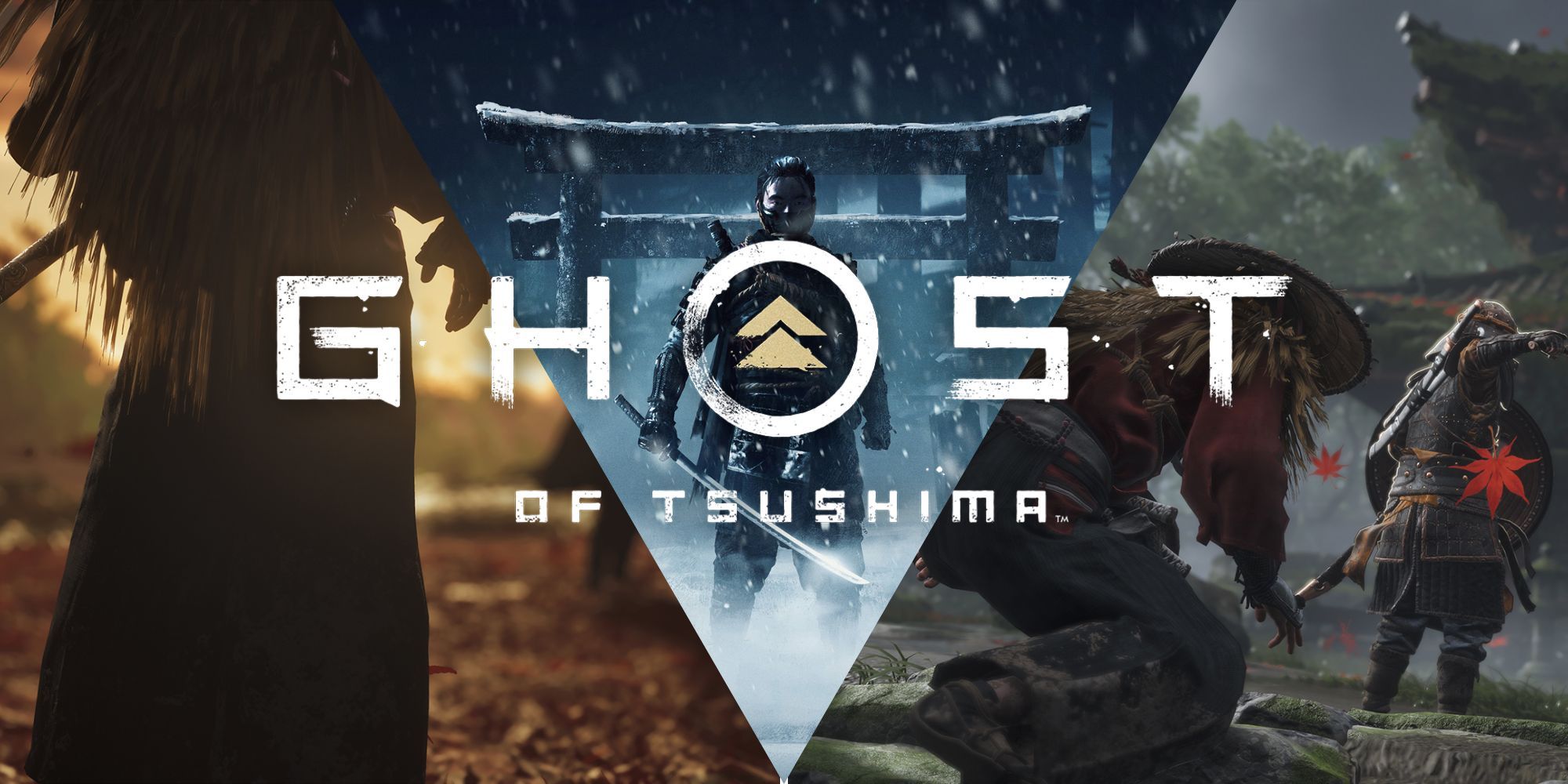
Ghost Of Tsushima: 10 Best Characters, Ranked
Along your journey through Tsushima, you’ll meet friends & foes that will alter your path. Keep an eye out for these unpredictable characters.
A Cherished, Collaborative Masterpiece
Recorded at London’s world-famous Abbey Road and Air Studios, Ghost’s score features the vocal talents of Clare Uchima and Buddhist monks from the Honjyuji and Myounji temples with an arrangement of unique Japanese instruments like the Biwa, Shakuhachi, Koto, Shamisen, and Taiko Drums. It is a collaborative project that captures the authenticity of feudal Japan and you can feel the heart, soul, and conflict of Jin’s plight in every theme, especially the closing track: Tsushima Suite: V. Seiiki.
The sweeping arrangements are grand and fluid to match the game’s picturesque and often windy setting, and it’s hard not to fall in love with the sparring between haunting, poignant moments of sadness and the heart-racing rush of Mongol encounters. Suffice it to say, Ghost’s score had me in a chokehold, and I didn’t want the personal, albeit false, account I cooked up to be replaced with reality.
As it turns out, I still haven’t played Ghost from start to finish. I’ve peered in as others played, given hours of my life to photo mode through someone else’s playthrough, and dabbled on horseback galloping through the game’s flowing environments to visit several fox shrines. In fairness, several gamers will likely pull the “it’s not that deep” card upon reading this conflict, and in the grand scheme of things, it’s not. However, art is a purely subjective experience with no right or wrong way to be consumed and interpreted. Four years after Ghost of Tsushima’s release, my relationship with its music seems fortified enough to tackle the full game myself and perhaps continue to Iki Island. I’m now confident I won’t meet disappointment there.
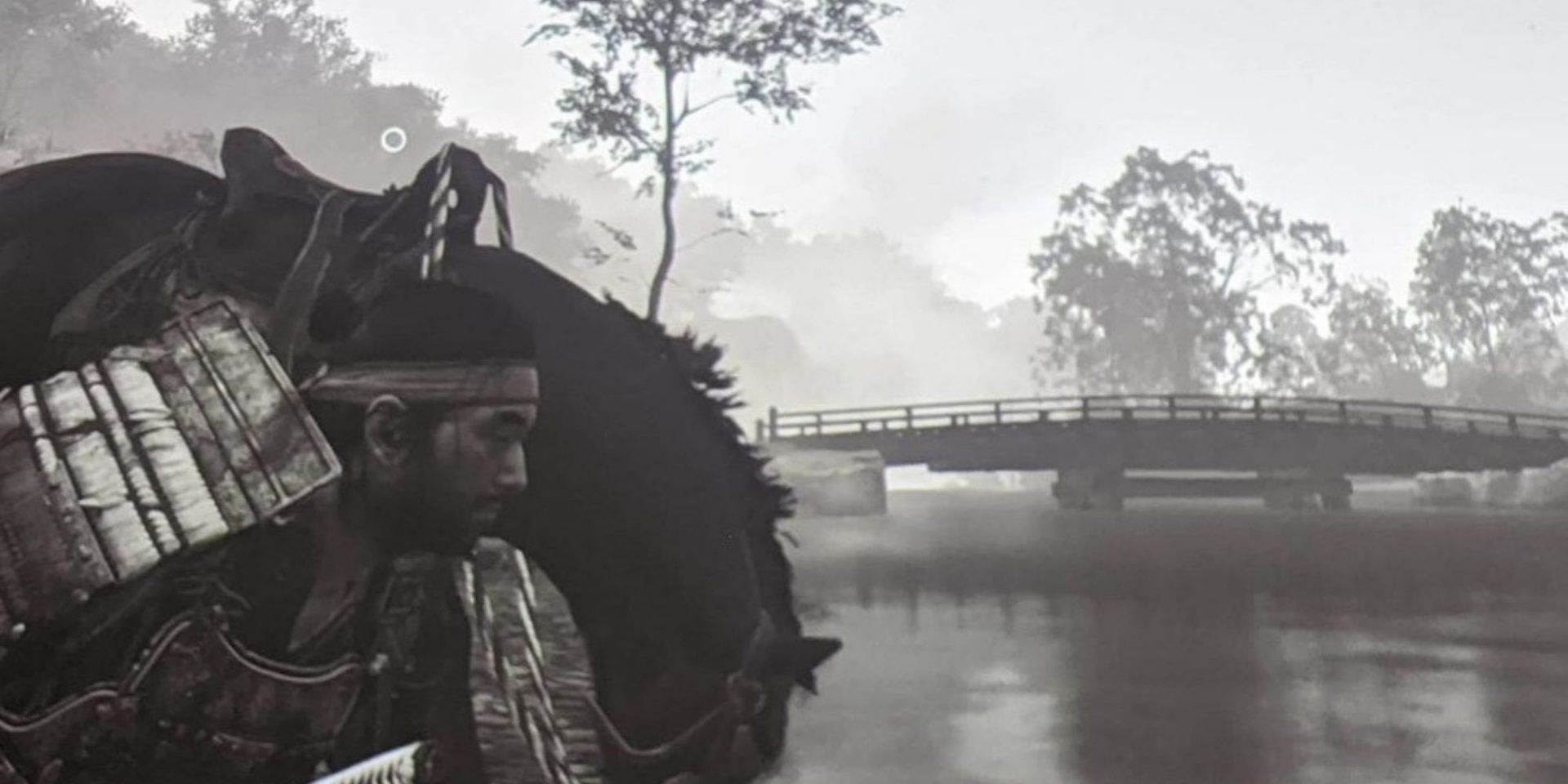
Samurai Games Can Learn From Ghost of Tsushima’s Kurosawa Mode
Games shouldn’t be afraid to pay tribute to masters of cinema.

